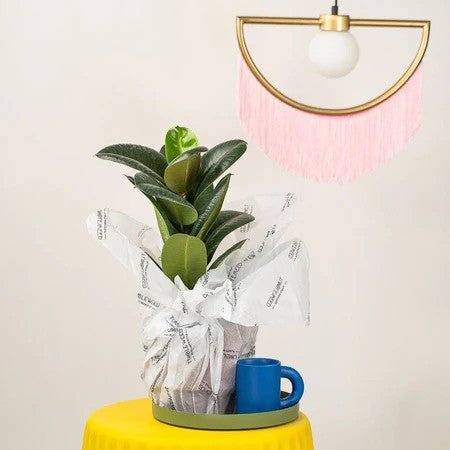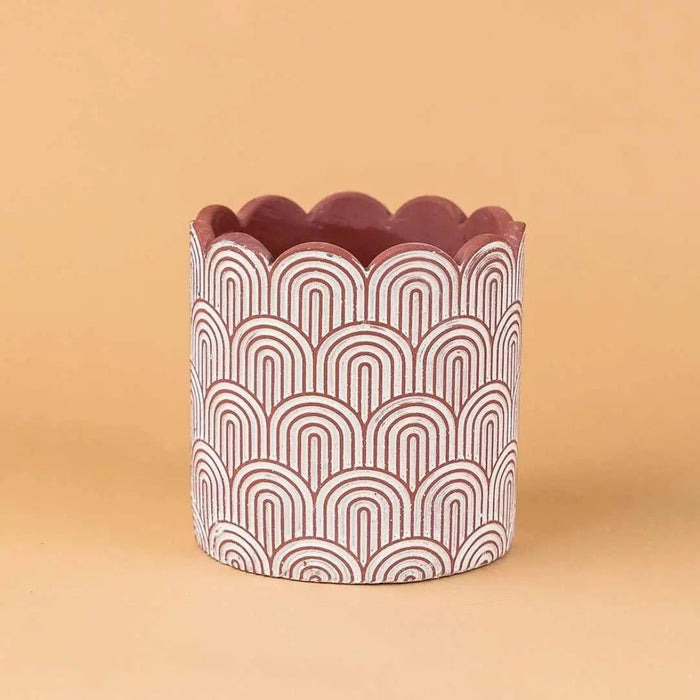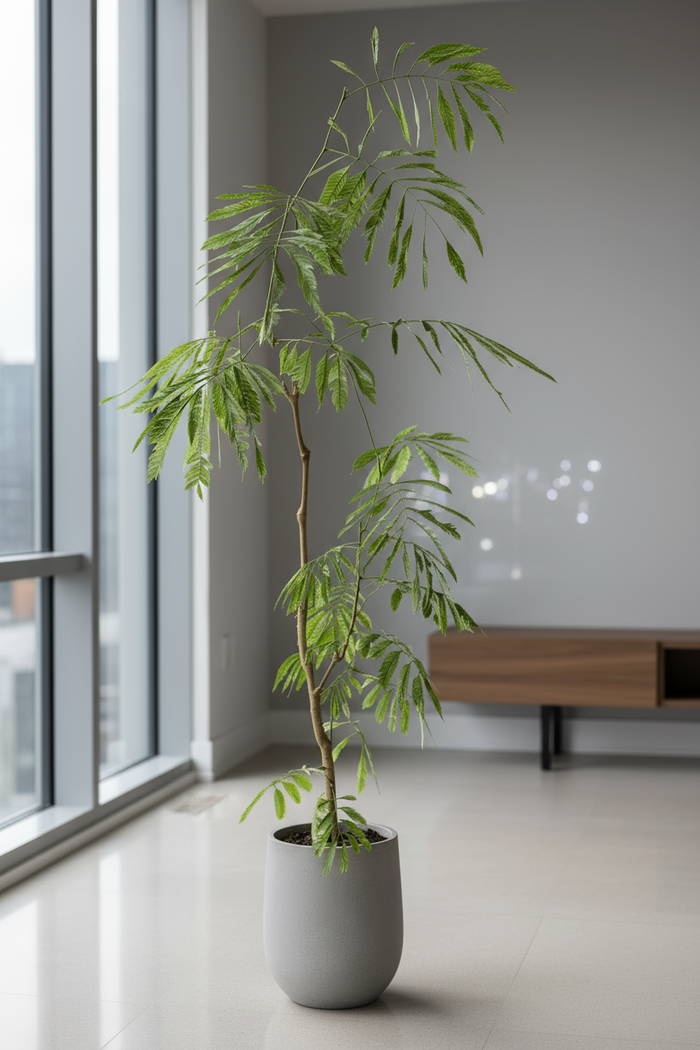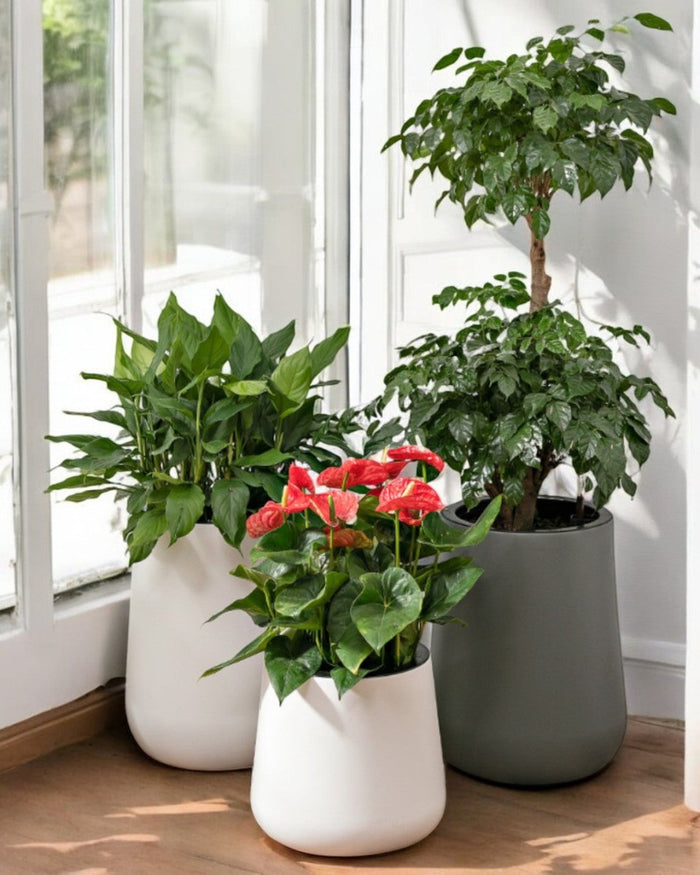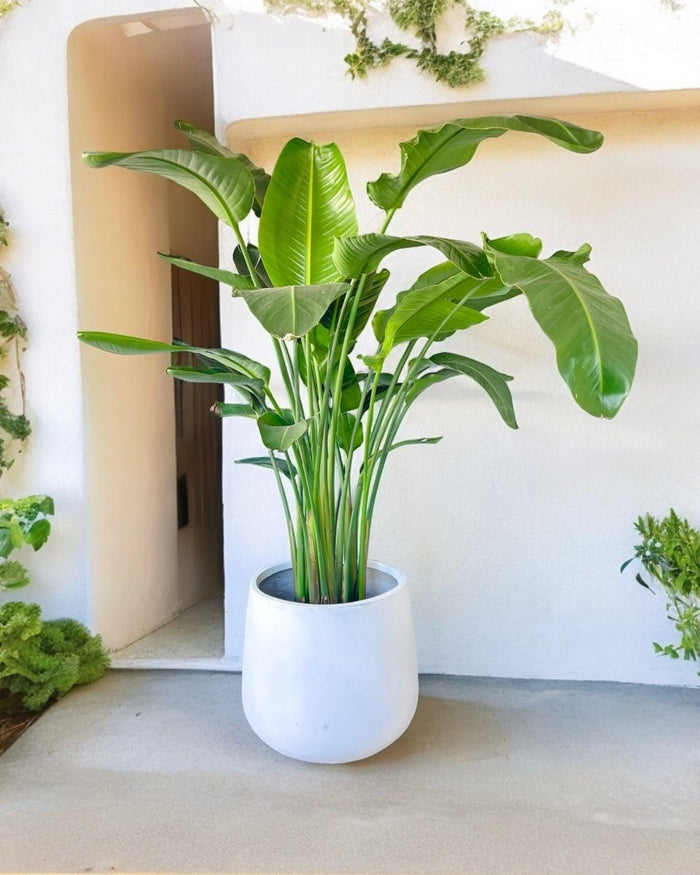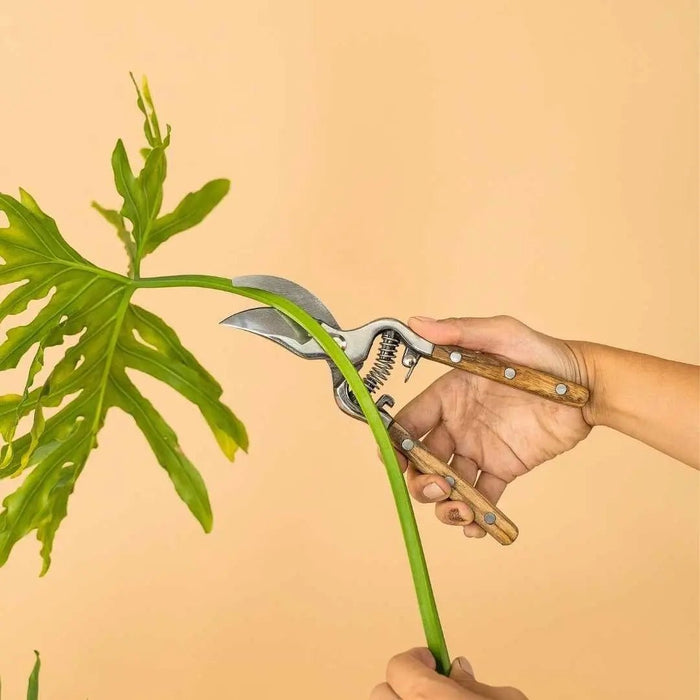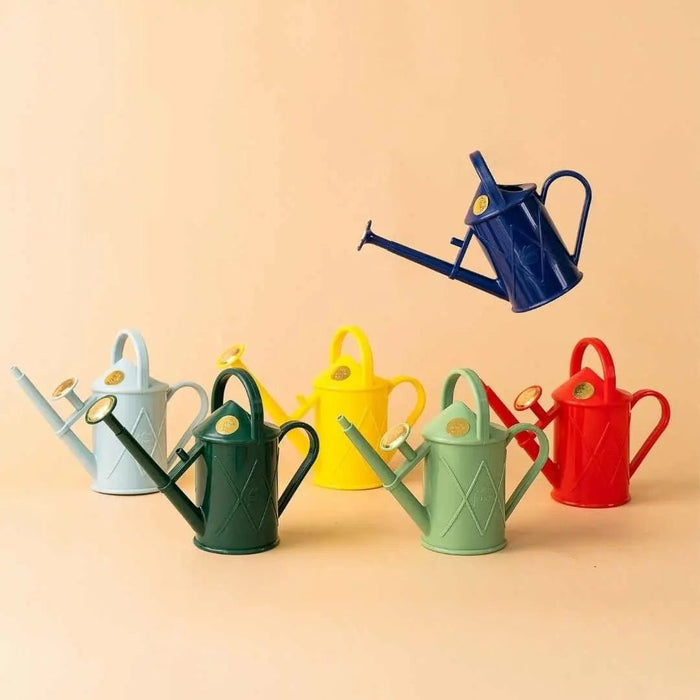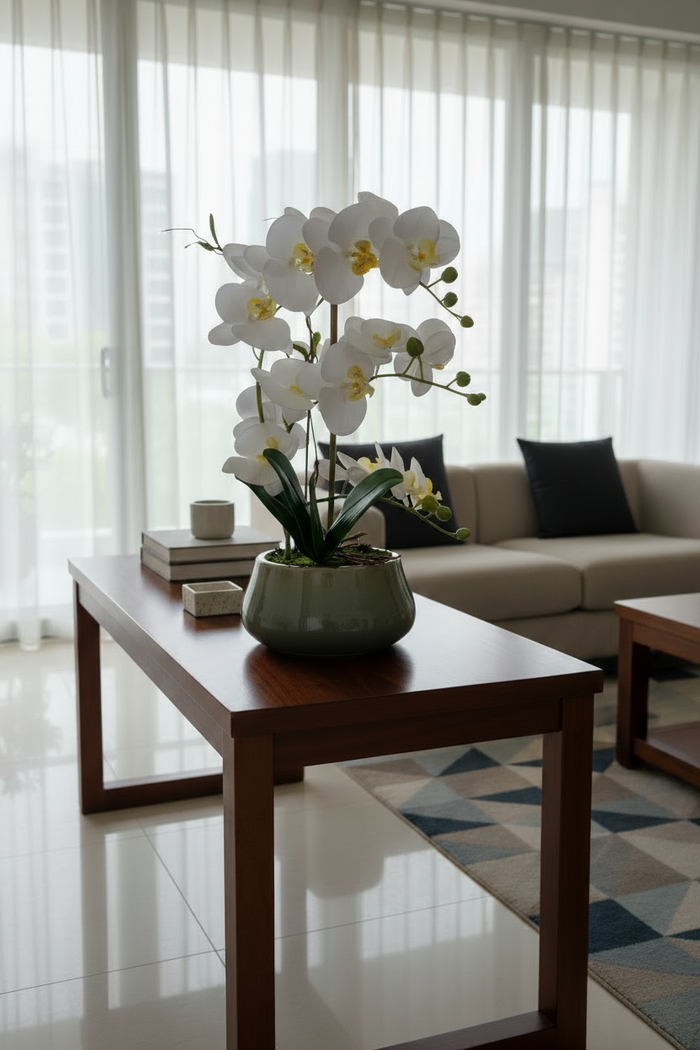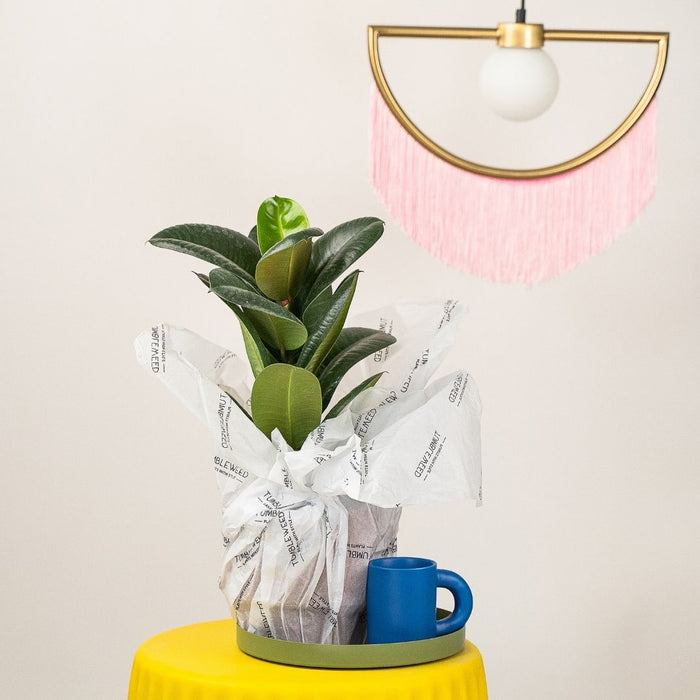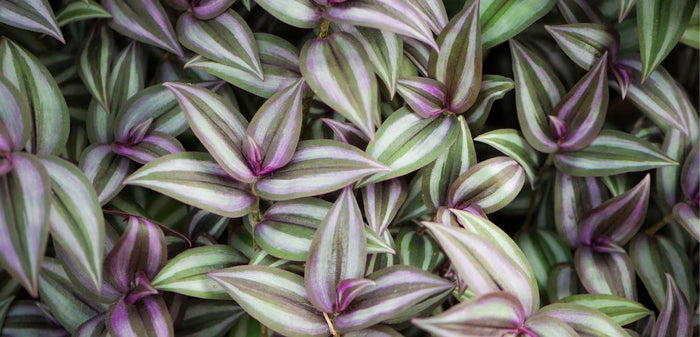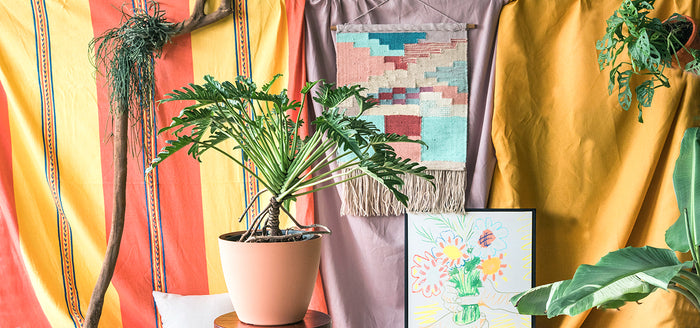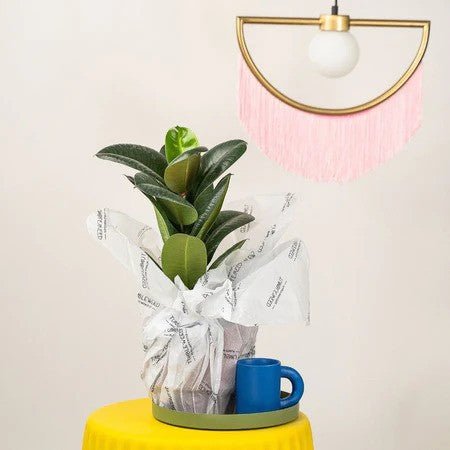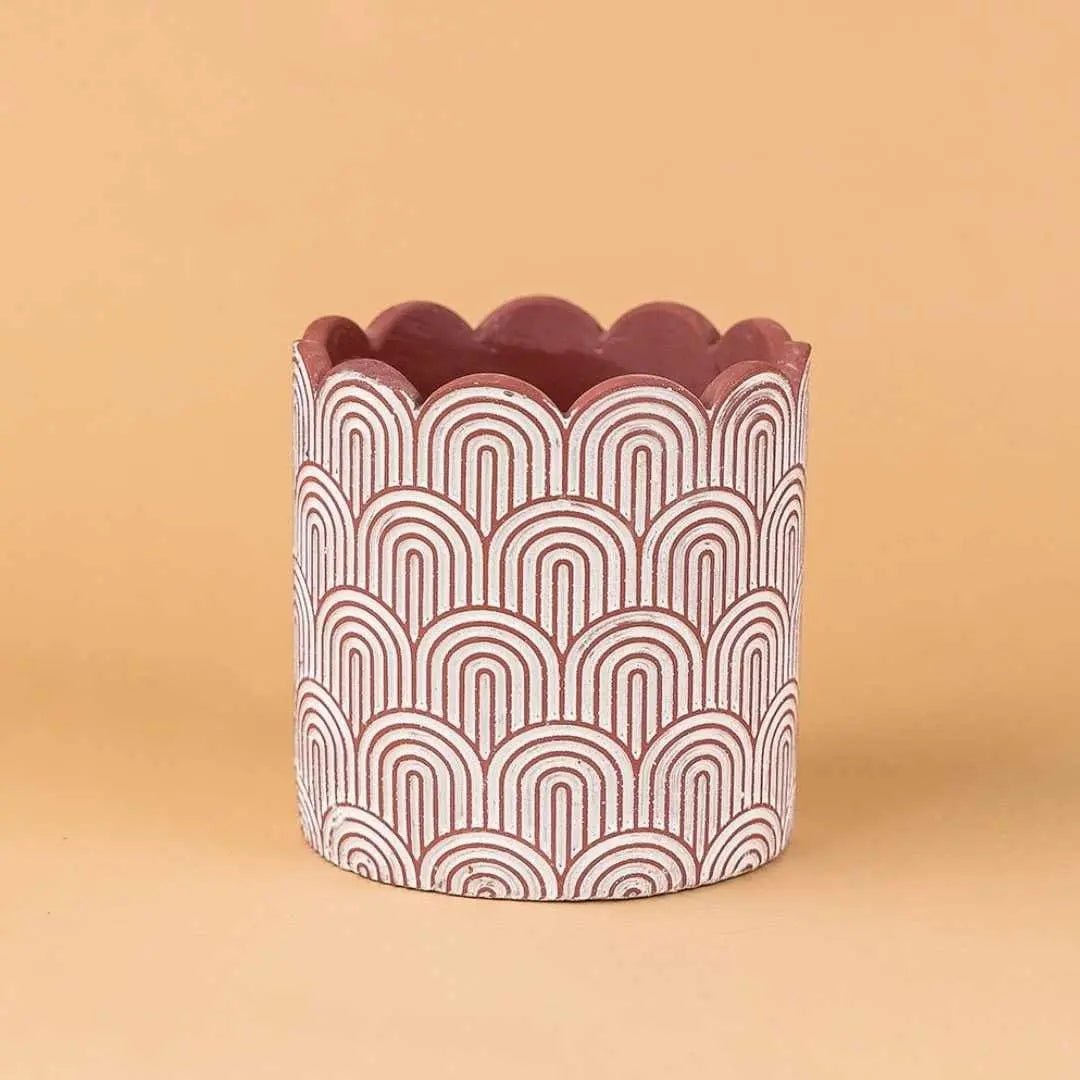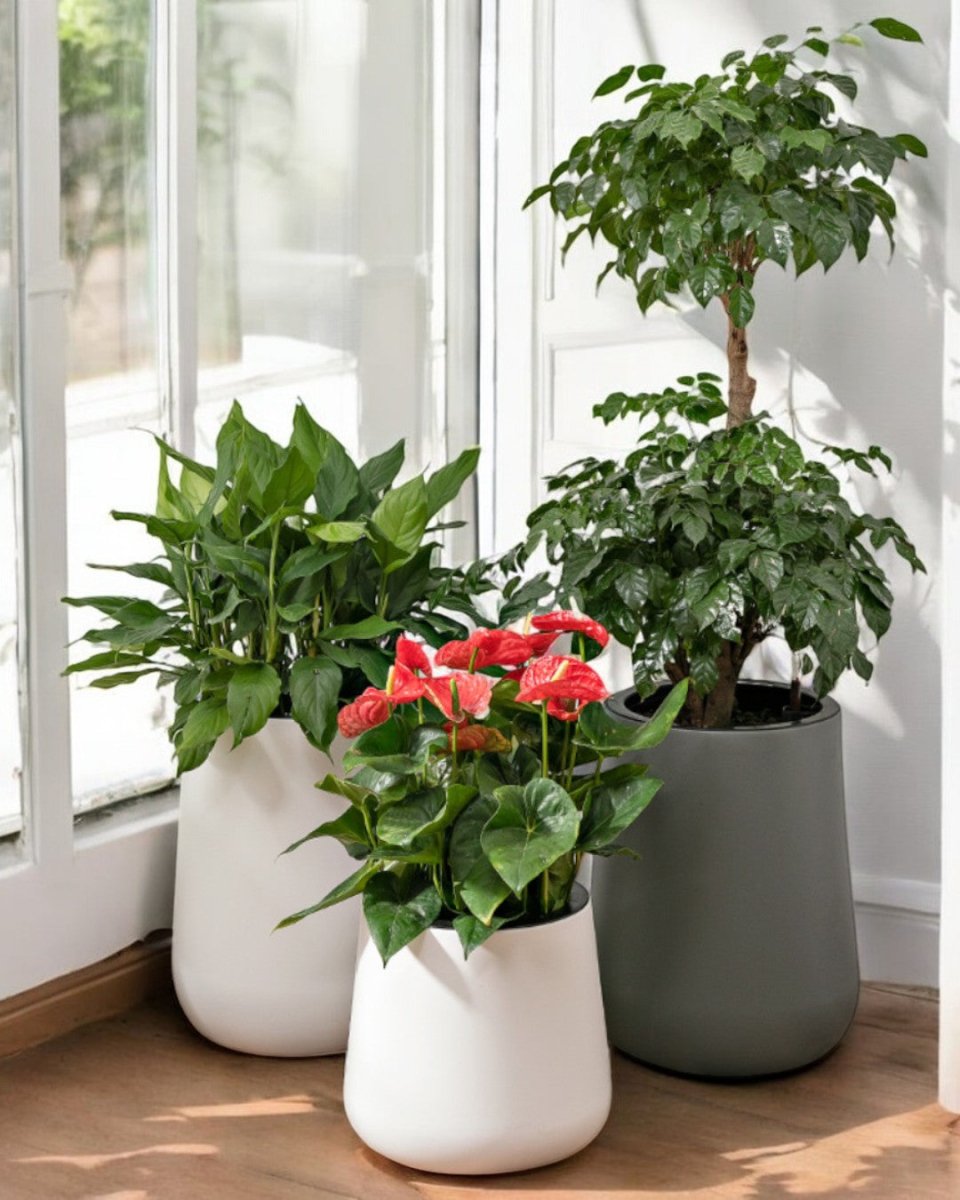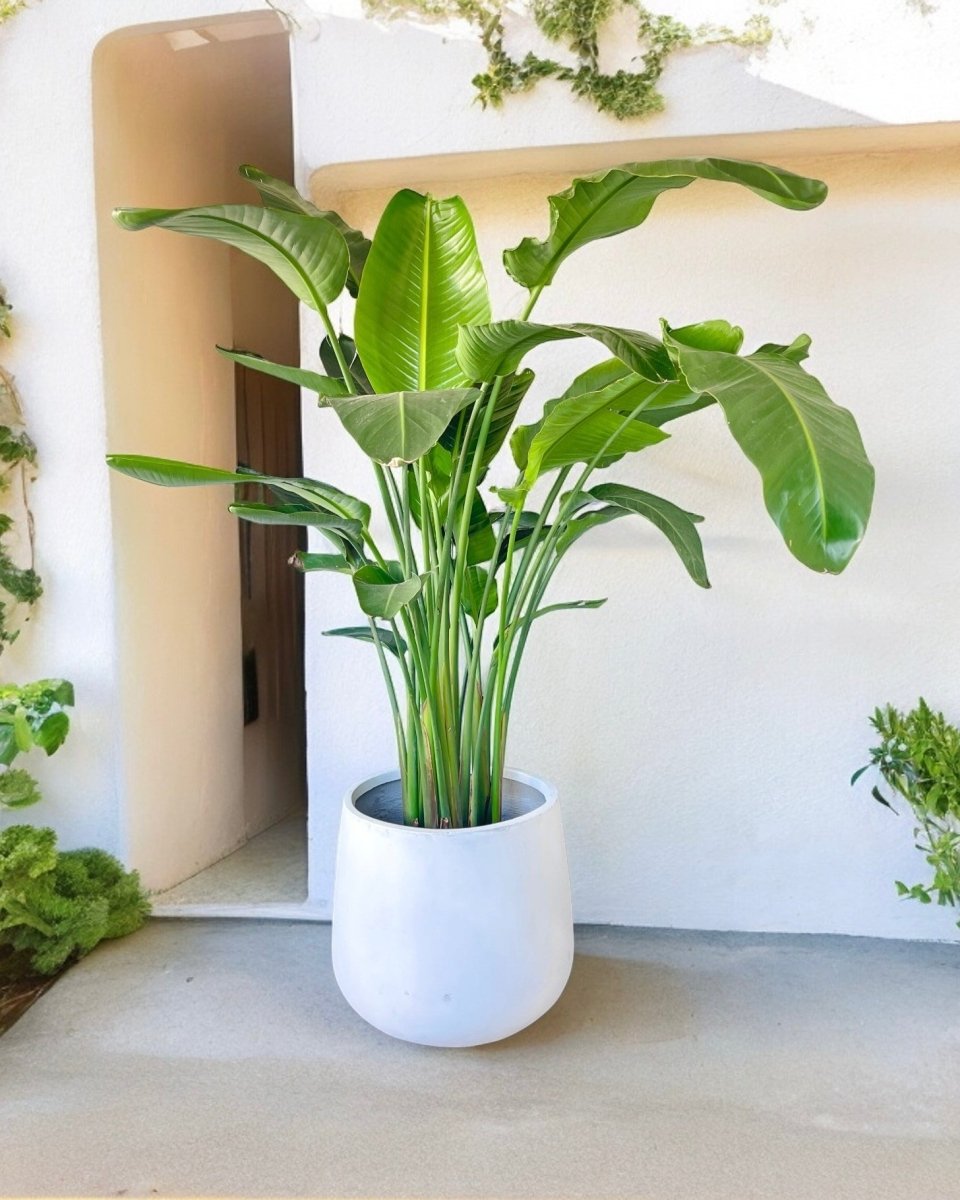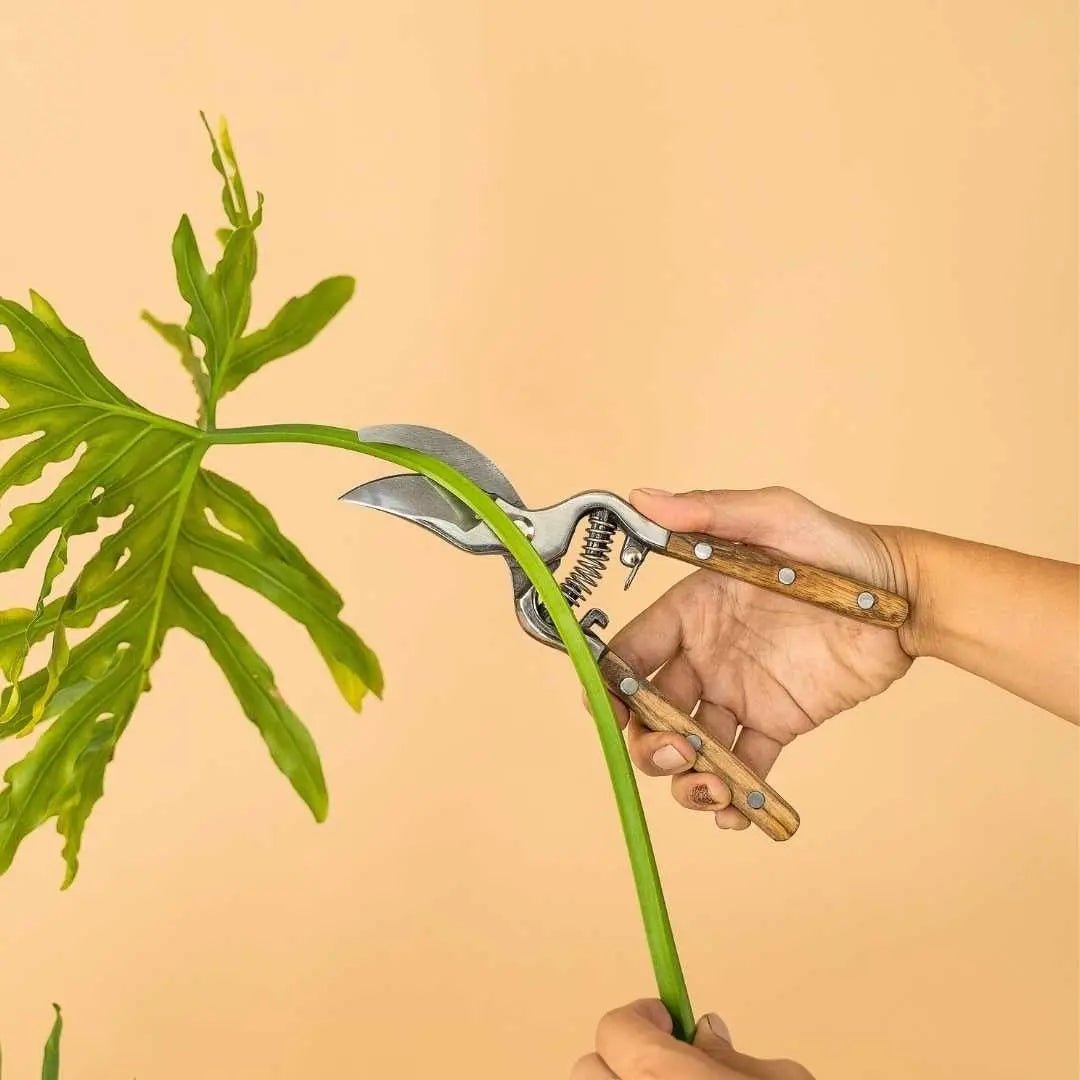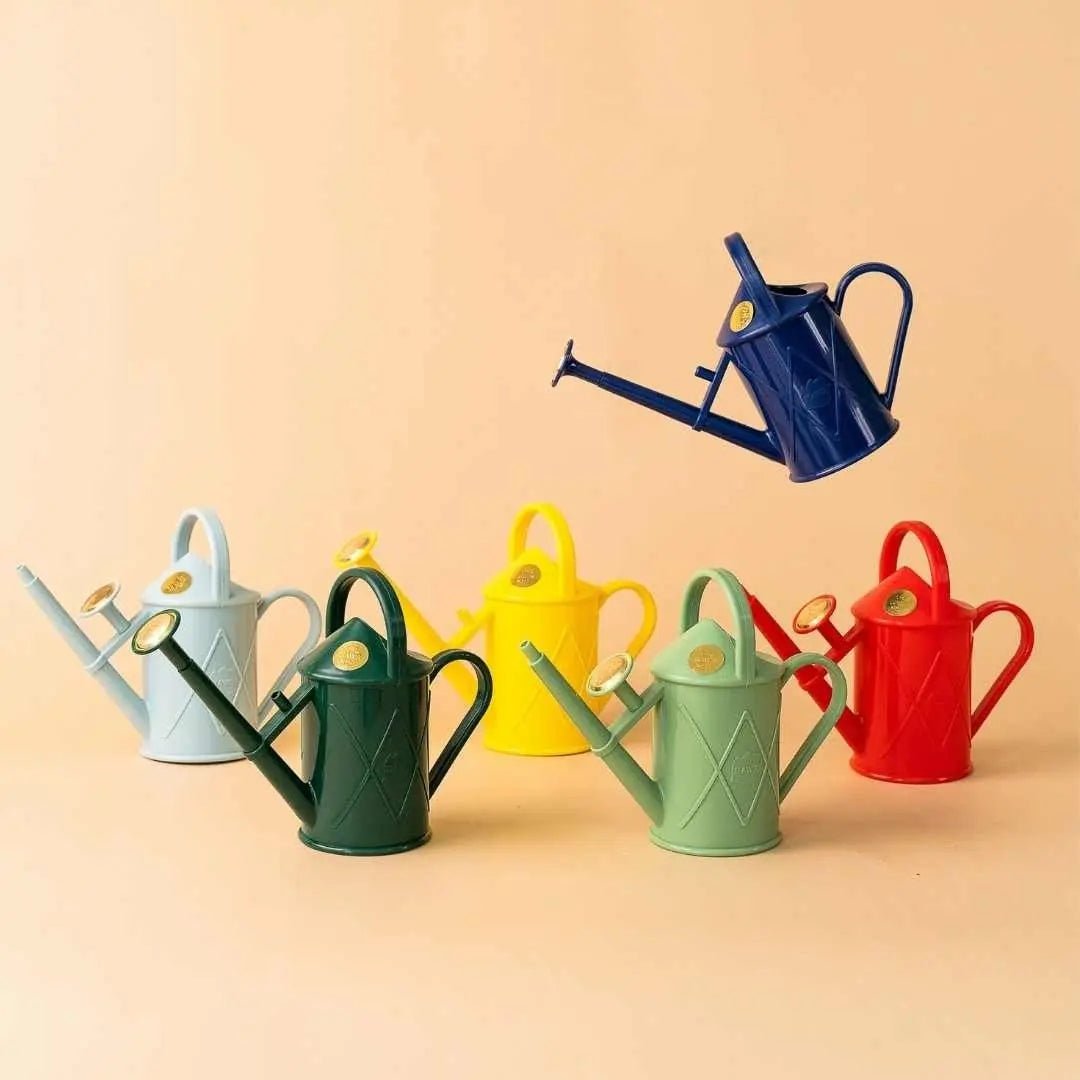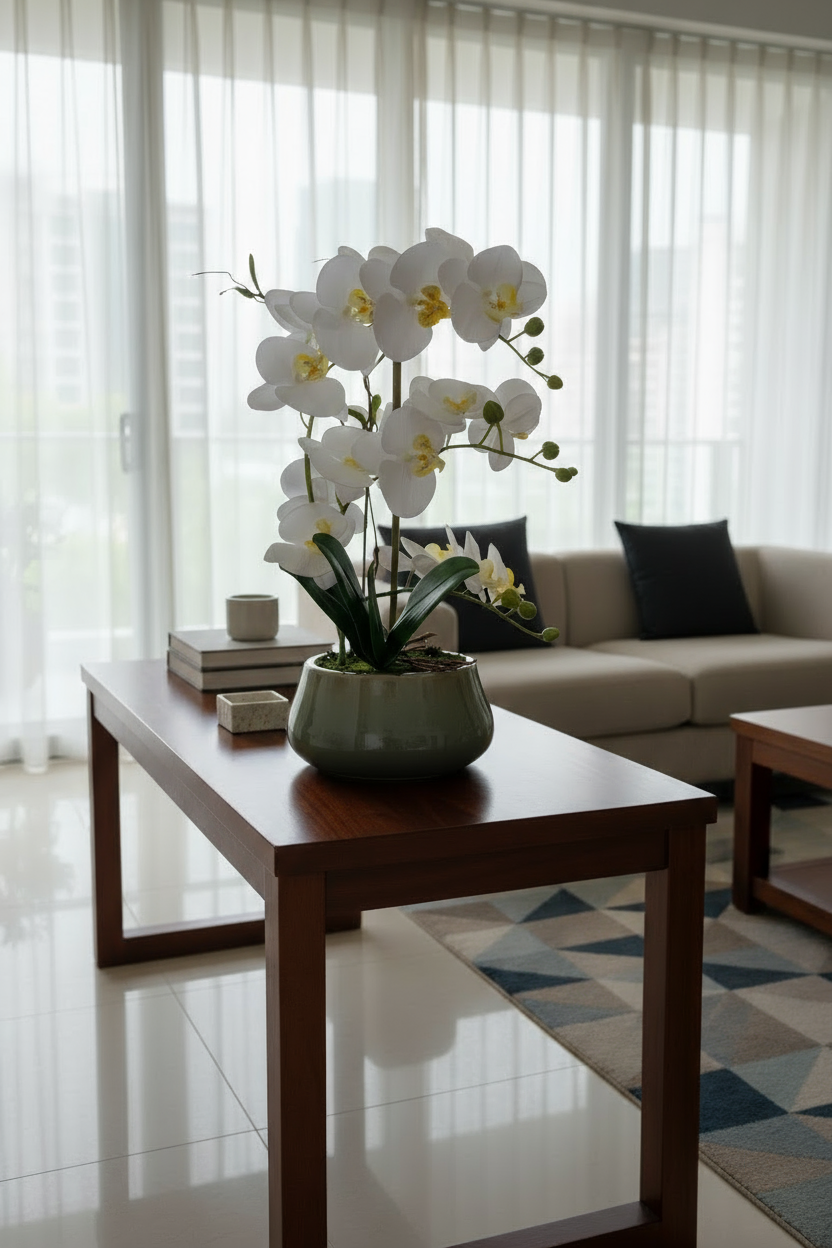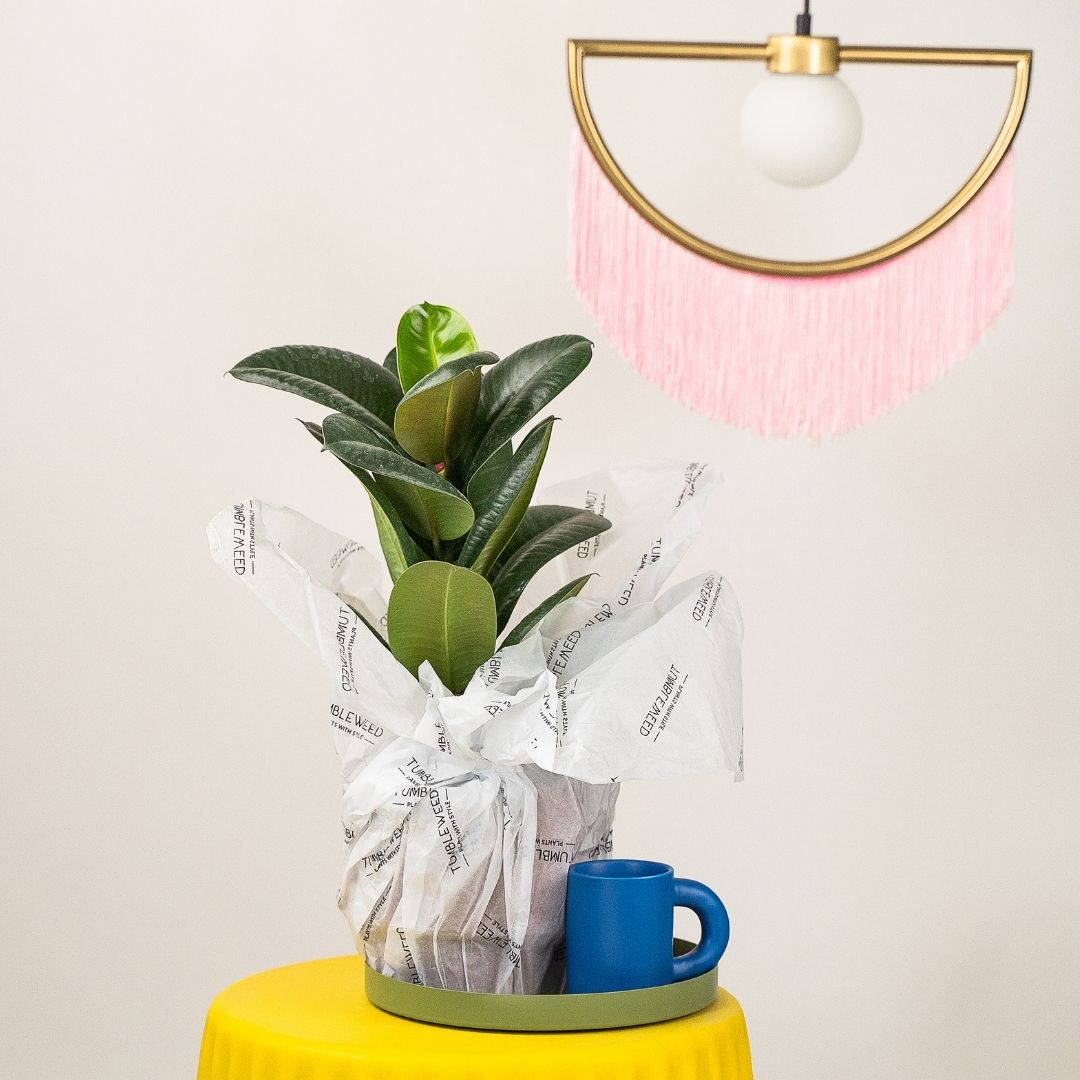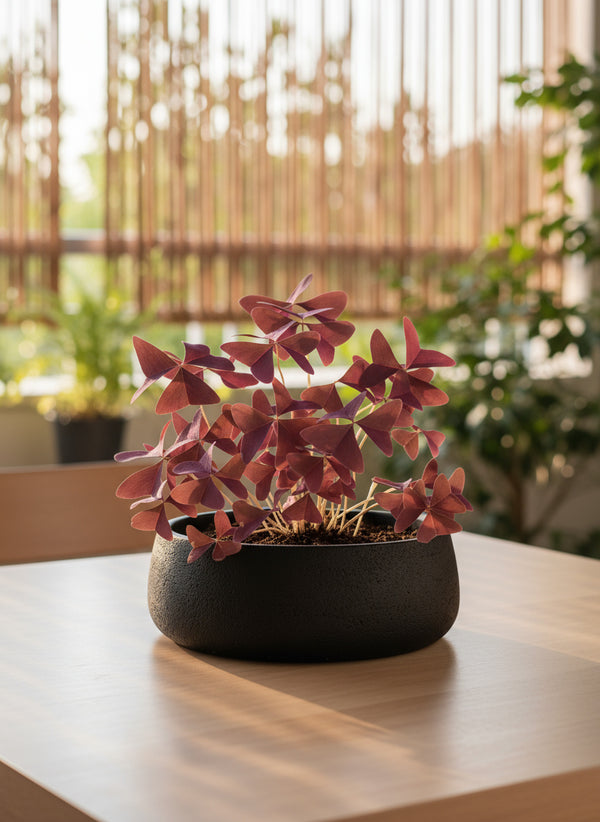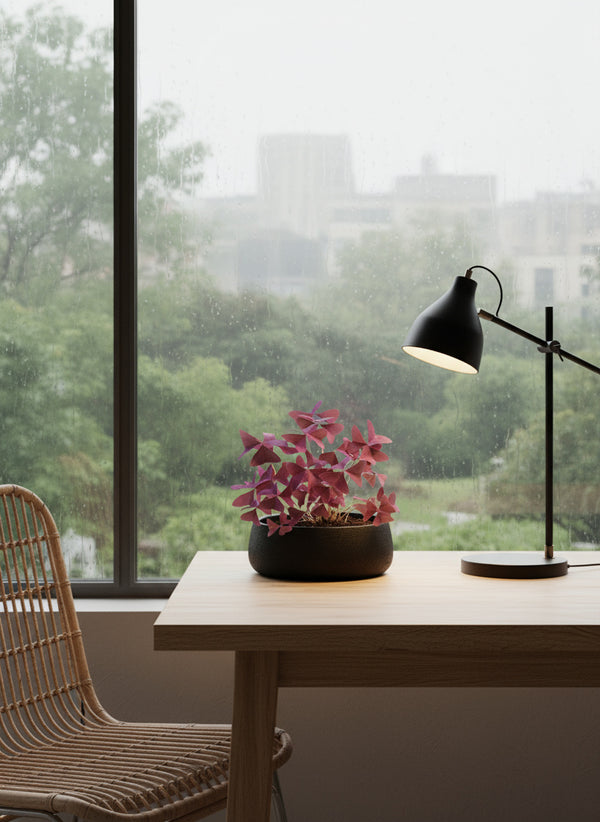Oxalis plants are dainty and elegant, and can bring with them a sense of tranquility with their large butterfly-like leaves. It is the perfect compact indoor plant to fill that sunny windowsill, which may prove too be too much for other plants.
Search plants, planters, garden accessories and more.
-
Sale
-
Plants
-
Pots
-
Care
-
Decor
-
Gifts
-
Services
-
Business
Free Delivery Above $99 | Shop Now
What's New
-
 Year End Sale: Up to 50% off→
Year End Sale: Up to 50% off→ -
 🎁 Corporate Gifts! 🎁→
🎁 Corporate Gifts! 🎁→ -
 Transform your space with our Plant Styling Services!→
Transform your space with our Plant Styling Services!→ -
 Low Light Corner?→
Low Light Corner?→ -
 Login to Earn & Redeem Points!→
Login to Earn & Redeem Points!→ -
 🎉 Making buying plants easy! 🎉→
🎉 Making buying plants easy! 🎉→

Year End Sale: Up to 50% off
Upgrade your decor now! Automatic tiered discounts mean bigger savings on plants, planters & more. Watch your progress bar fill up as you shop! Sale ends soon. 🌱
Also don't miss out on our free XL Everfresh giveaway, auto enrolled when you make a purchase with us.
Shop Plants
🎁 Corporate Gifts! 🎁
Planning corporate gifts for the festive season? Make a lasting impression with our premium plant gifts! Perfect for clients, partners, or employees, our curated selection of plants is both meaningful and elegant. Choose from a variety of options that fit any budget. Order now and ensure your corporate gifts are delivered in time for the celebrations.
Bulk Gifting
Transform your space with our Plant Styling Services!
Looking to refresh your space for the year-end festivities? Elevate your home decor with our Plant Styling service! Whether it’s a cozy corner or a grand living room, our expert tips will help you transform your space into a green oasis. Perfect for setting the holiday mood! Get inspired and start styling your space with our premium plant collections.
Start your Project
Low Light Corner?
No worries! Our Plant Lights are here to help your plants grow! Specially designed and made for houseplants.
Shop Lights
Login to Earn & Redeem Points!
Login and automatically enrol into our Rewards program, earning you points, and get exclusive deals and discount
Login Now
🎉 Making buying plants easy! 🎉
We have made buying plants even easier, with our customer service team, equipped to provide you with a plant recommendations. Hit us up on our chat channels to get started!
Shop NowUp to 50% off with our Year End Sale!
Free delivery above 99SGD
🎁 Free Gift Above $120
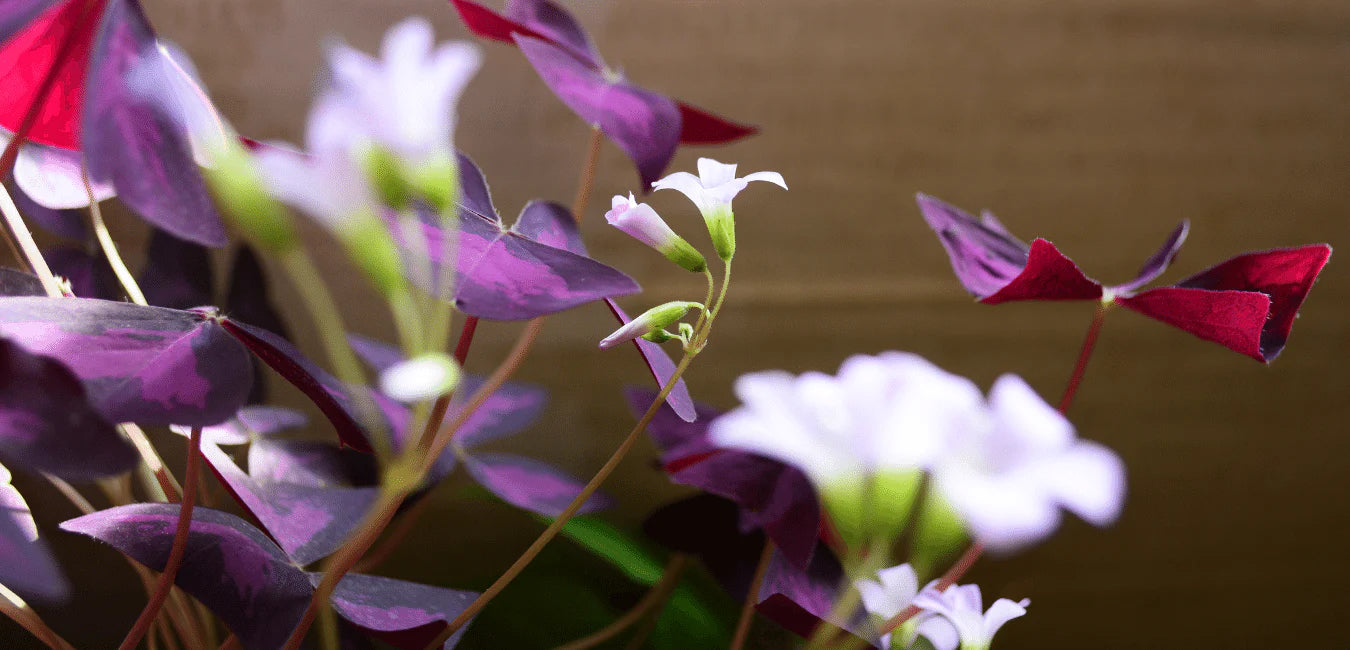
Oxalis: Information and Plant Care Guide
Varieties from our listing
Interested to buy a plant from this group?
See what we have available HERE
Below is a general care guide for Oxalis plants which can slightly differ depending on variety.
Light & Temperature
Oxalis thrive in bright indirect light, with ideally some direct sun exposure. Rotate it every alternate day to encourage even growth as the plant tend to lean quite quickly towards the light.
Oxalis plants prefer warmer temperature, so make sure to protect your plant from exposure to cold drafts and vents.
Watering, Humidity & Misting
Oxalis enjoys moist soil and needs to be watered about 1-2 times a week. Allow half of the soil to dry out in between waterings. They would need more water in brighter light conditions. Be sure to empty our excess water to prevent root rot.
Oxalis does well in normal household humidity, but can benefit from occasional misting every other day.
Soil and Repotting
Use a standard well-draining houseplant potting mix.
Oxalis can be repotted once every 2-3 years to refresh its soil and/or to repot it into a larger pot.
Propagation
The easiest way to propagate an Oxalis is through bulb division. Simply divide existing bulbs, and repot them into new pots with fresh soil. Make sure not to pot the newly divided bulbs too closely together in the soil.
Fertiliser
Use a balanced fertiliser formulated for houseplants. Follow directions on the label of plant food. Ensure the soil is moist before applying any fertiliser.
Toxicity
Oxalis plants are toxic if ingested and should be kept out of the reach of children and pets.
Possible Issues
Under the right care and conditions, your plant will grow happy and healthy. But here are some issues you may encounter while caring for an Oxalis:
Yellow leaves with mushy stems - This is likely due to overwatering and/or root rot. Save bulbs of the plant that is not affected and repot them into fresh soil.
Wilting brown leaves with brown edges - The plant is underwater and/or there is too little humidity. Adjust watering schedule and mist the plant more often.
No new growth/ leaves all starting to die - The plant is likely to be in dormancy. To help resurrect it, place a little fertilizer and provide bright light.
Soft rot (with bad odour) - This is a sign that your Oxalis is suffering from soft rot caused by overwatering. Discard the plant as there is not cure for soft rot.
- Regular Price
- $16.00
- Sale Price
- $16.00
- Regular Price
- $26.00
- Unit Price
- /per
TumbleweedPlants.com
Live Chat 💬
Whatsapp:+65 80561106
getintouch@tumbleweedplants.com
514 Chai Chee Lane (Office & Warehouse)
-Strictly not open to walk-in
Company
Helpful Links
Join Our Community
Join 40,000+ plant lovers and get care tips & inspiration.
About
TumbleweedPlants.com is an independent plants retail brand, established in Singapore in 2016. We make stylish indoor plants easy and accessible to all with great looking houseplant varieties, the biggest selection of planters and indoor plant care essentials delivered to your door.
Shop with confidence from the Best Plant Home Decor Online Store Today!

